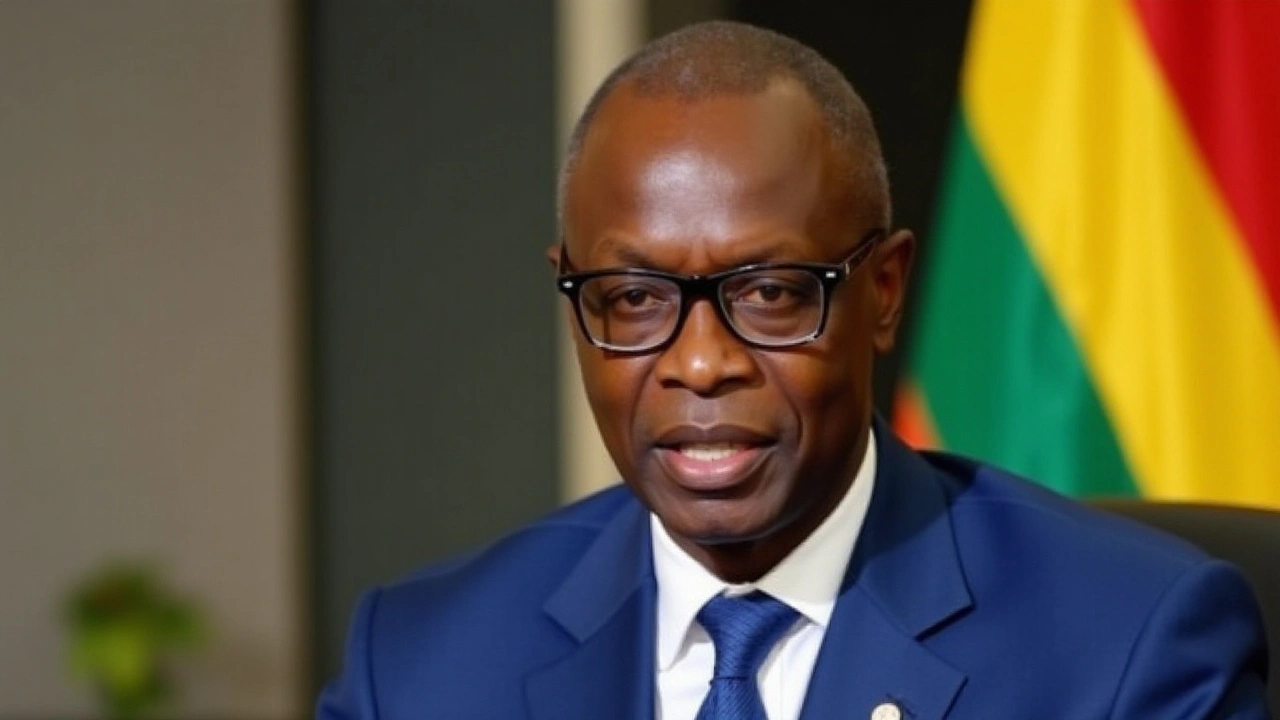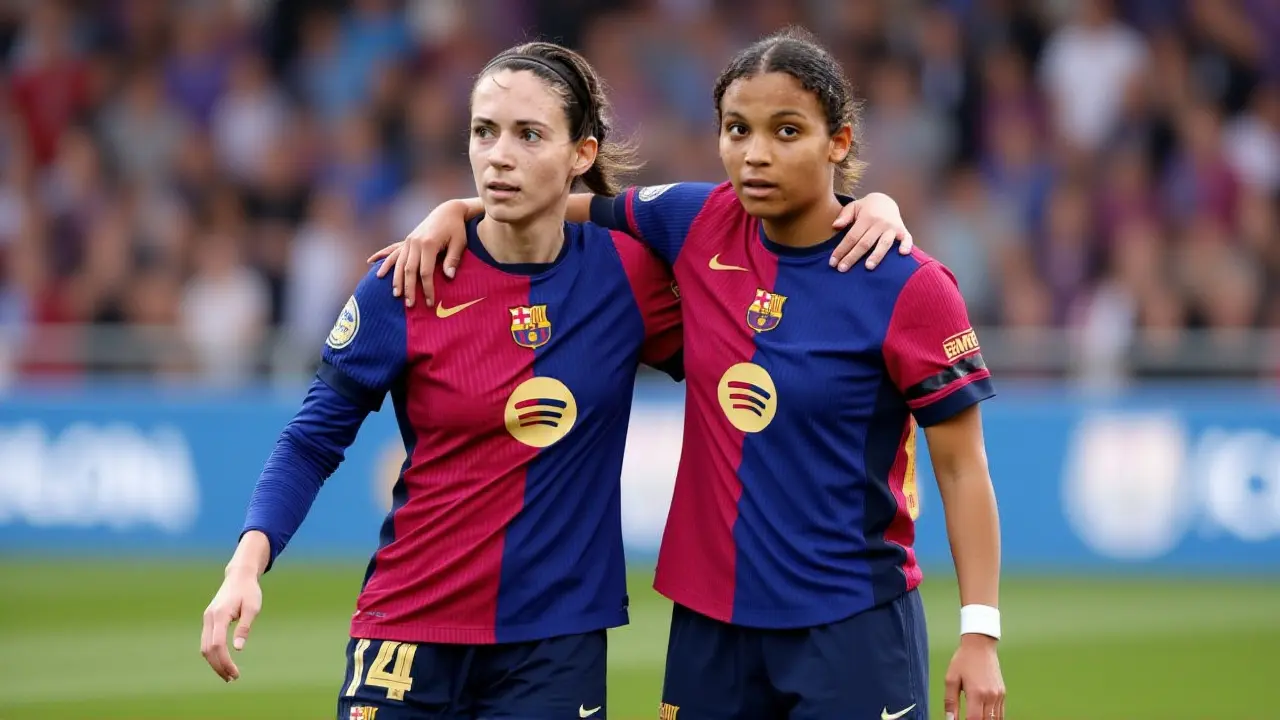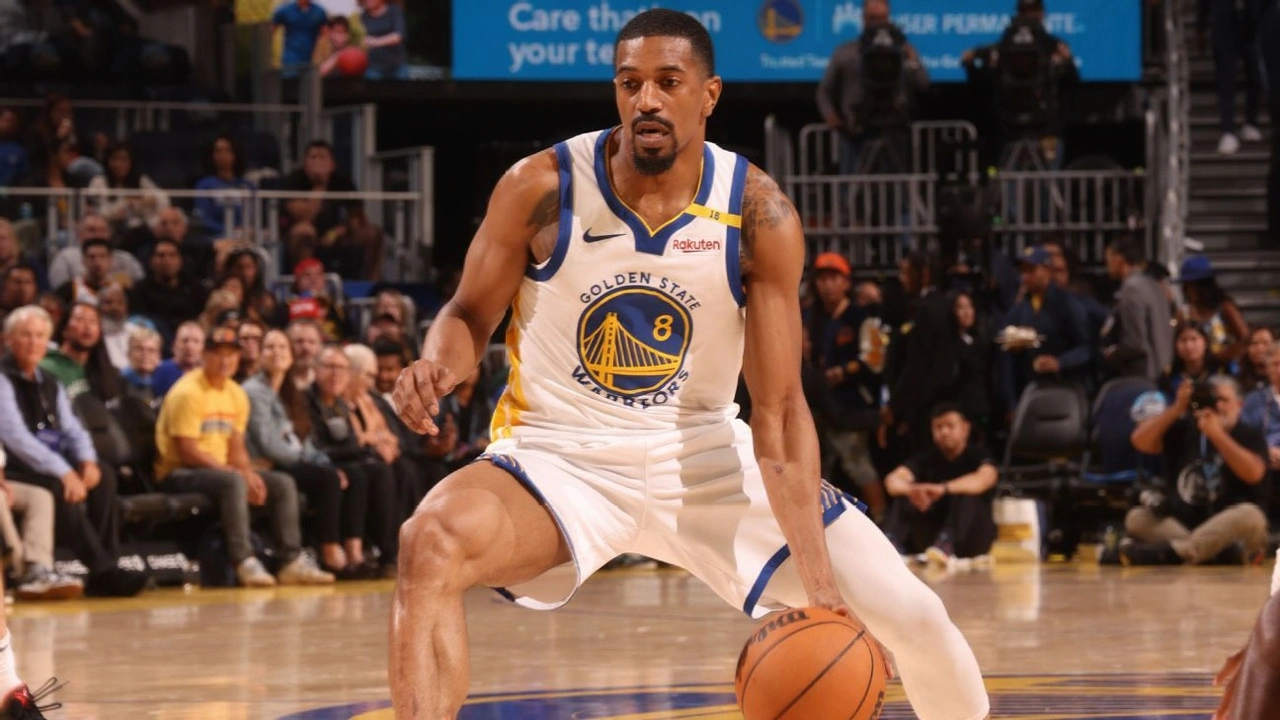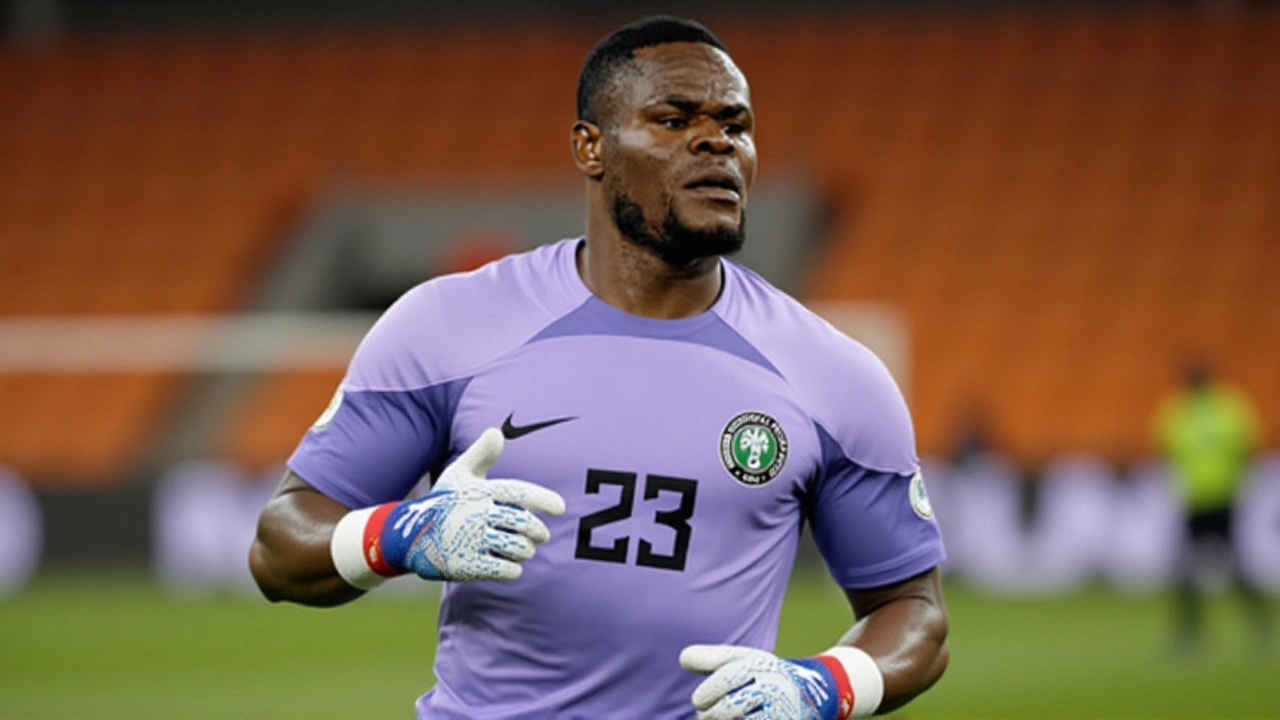DRC Conflict: What’s Happening and Why It Matters
If you’ve seen headlines about fighting in the Congo, you’re probably wondering what’s driving the violence and how it affects everyday people. The DRC conflict is a mix of old grievances, cheap minerals, and foreign interests. Below we break down the main points so you can follow the story without wading through endless jargon.
Why the Conflict Started
First, the roots go back decades. After the country gained independence in 1960, power struggles left a weak central government. Add to that a gold‑rich eastern region, and you have a recipe for war. Local militias formed to protect their own interests, and neighboring countries sometimes backed them to gain influence or access to mineral wealth.
The 1990s saw the First and Second Congo Wars, which involved eight African nations and caused millions of deaths. Even though those wars officially ended, the peace never held in the east. Smaller armed groups kept fighting over mining sites that produce coltan, cobalt, and tin—materials tech companies need for phones and batteries.
What’s Happening Right Now
Today the fighting is still intense in provinces like North Kivu, Ituri, and South Kivu. The Congolese army (FARDC) clashes with rebel groups such as the M23, Allied Democratic Forces (ADF), and various community militias. Attacks often target villages, schools, and health clinics, forcing people to flee and creating one of the world’s biggest displacement crises.
International forces are trying to help. The United Nations peacekeeping mission (MONUSCO) has a presence, but critics say it’s not enough to stop the violence. Meanwhile, NGOs are providing food, shelter, and medical aid, but the needs keep outpacing what they can deliver.One big driver of the conflict is the illegal mineral trade. Mining companies—both legal and informal—sometimes turn a blind eye to who is actually extracting the ore. When rebel groups control a mine, they fund their weapons with the profits. Cutting that revenue stream is a key goal for the UN and some governments, but it’s a slow process.
All this fighting has a human cost. Tens of thousands of civilians have been killed in the last few years, and more than five million people are internally displaced. Women and children bear the brunt: they face sexual violence, loss of schooling, and food shortages.
So what’s next? Peace talks have been attempted several times, the most recent in early 2024, but none have produced lasting agreements. Analysts say a sustainable solution will need three things: stronger government control, legitimate economic opportunities for local people, and regional cooperation to stop cross‑border support for rebel groups.
In the meantime, staying informed helps you understand why a headline about a mining scandal in Europe might actually be linked to fighting in the DRC. It also shows how everyday purchases—like a smartphone—can be connected to a conflict far away.
Keep an eye on reputable news sources for updates. The situation changes fast, and new developments can swing the balance of power in the region. Knowing the basics lets you see the bigger picture and recognize when a story is about more than just a single battle.
Paul Kagame's Impact on DRC Conflict: Analysis of Leadership and Controversy
The role of Rwanda's President Paul Kagame in the Democratic Republic of Congo (DRC) conflict is both significant and controversial. Linked to the aftermath of the 1994 Rwandan genocide, Kagame's influence in the region includes military interventions in DRC. His actions, which have drawn both commendation and criticism, highlight complex geopolitical tensions and the multifaceted aspects of the DRC crisis, including the controversial activities of the M23 rebels.




